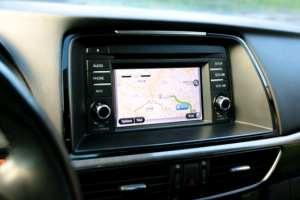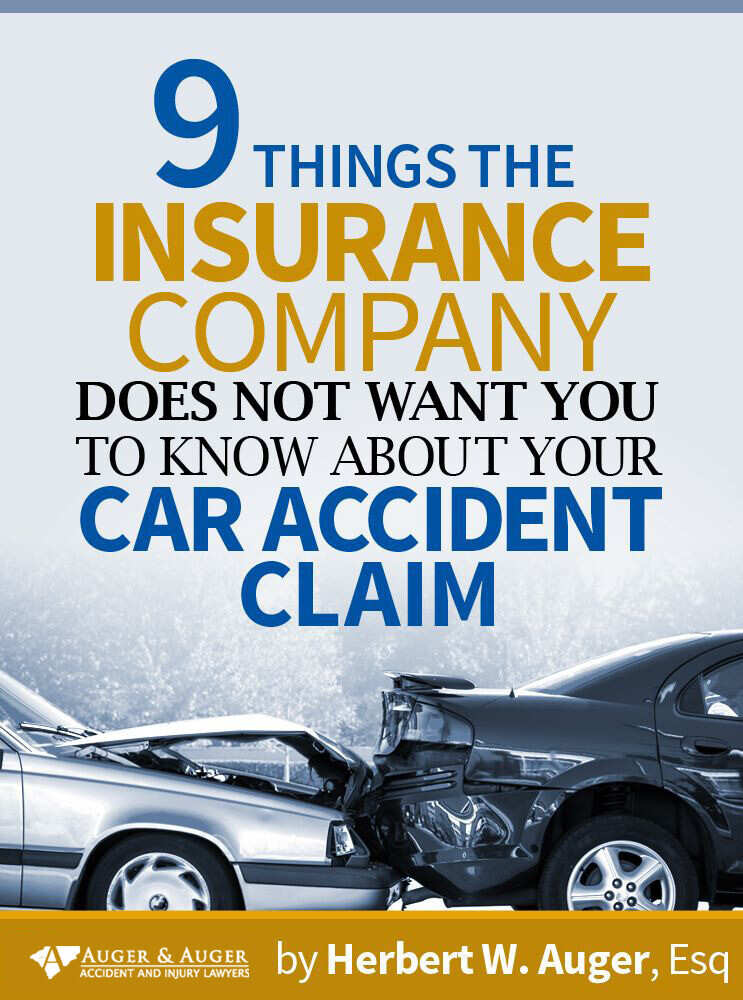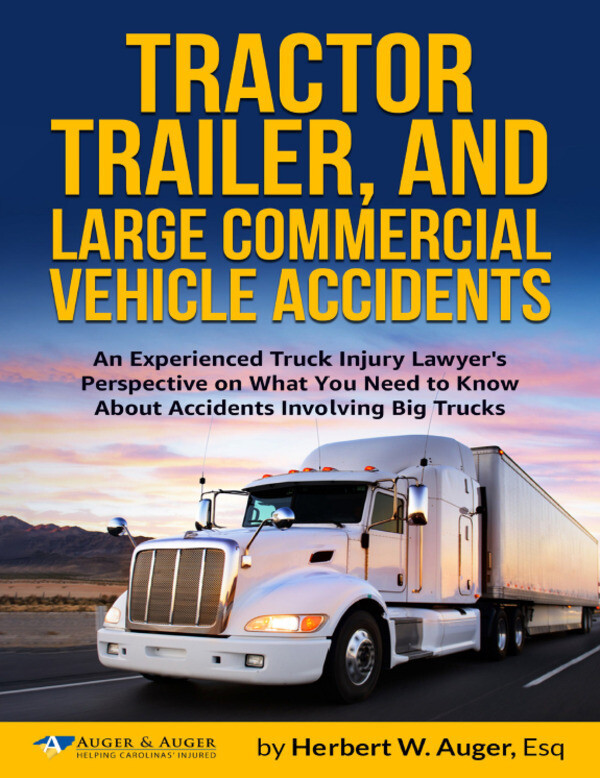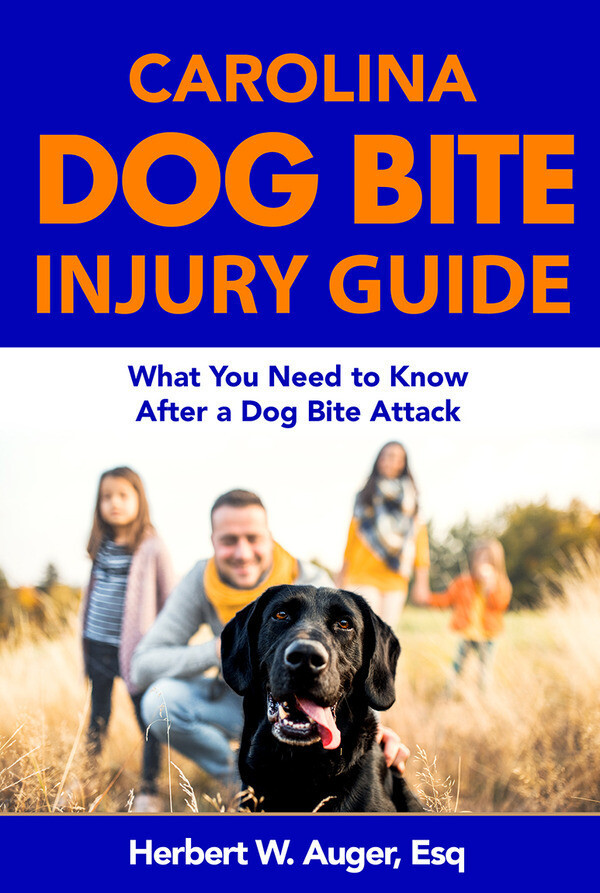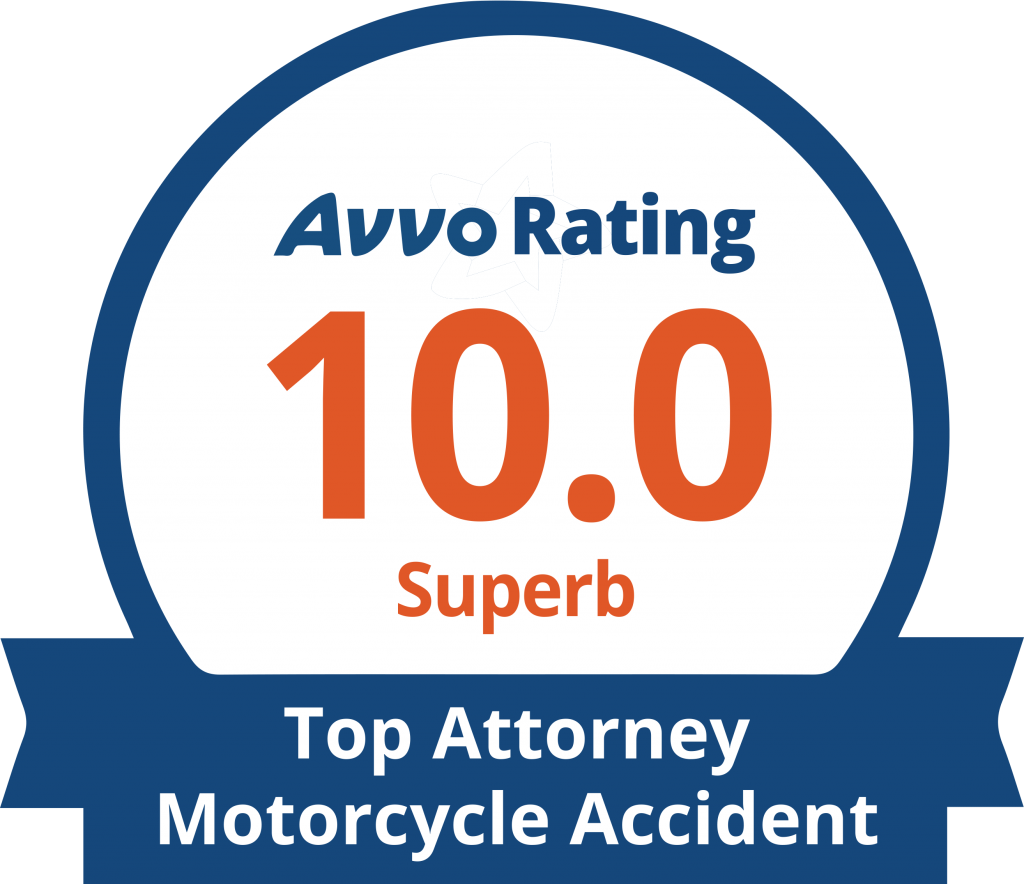The Whole Truth About Automated Safety Systems
Author: Auger Law | February 1st, 2019
Self-driving vehicles are no longer the stuff of science fiction. Fully autonomous vehicle prototypes are already being tested in many states. In California alone, 21 companies have obtained permits to test autonomous vehicles on the road.
While self-driving cars have not hit the market for consumers, a growing number of vehicles are equipped with automation features designed to help enhance vehicle safety and reduce auto accidents.
The Insurance Institute for Highway Safety (IIHS) found that front-to-rear crashes dropped 43% in cars with forward collision warning systems and automatic emergency braking. While this statistic is promising, it doesn’t consider the risks associated with operating vehicles equipped with automation, particularly if drivers are distracted or relying too heavily on the technology.
Most accidents associated with automation are due to human driver error. Drivers need to be aware of how to use automation technology properly in order to ensure safety and avoid auto accidents. Read on to understand how to use this technology correctly if your vehicle comes equipped.
Types of Automation
There are five levels of vehicle automation used in the industry to define and describe the emerging technology.
- Level One, Driver Assistance: Describes most of today’s modern vehicles. The human driver is ultimately responsible for the operation of the vehicle, but the car can manage speed and steer independently. Cruise control and anti-lock brakes are examples of this level of automation.
- Level Two, Partial Automation: Refers to vehicles that can take over steering, braking, and acceleration under some conditions. The driver is responsible for the monitoring of road conditions. Automatic emergency braking, lane centering assist, and adaptive cruise control are examples of features in this category.
- Level Three, Conditional Automation: Refers to vehicles that can drive independently, but the driver must pay attention to the road conditions and has the ability to take control at any time.
- Level Four, High Automation: Refers to vehicles that do not require the human driver to pay attention until the car alerts the driver that attention is needed. Vehicles in this category are equipped with backup systems to replace technology that fails to operate. These cars will shut down if technology fails to such a degree that the vehicle becomes unsafe to operate.
- Level Five, Full Automation: Describes cars that will be capable of driving with no expectation or need for human intervention. These cars will not have steering wheels, brake or accelerator pedals.
The majority of vehicles on the roads fall into categories One and Two. These cars are built with systems that are designed to avoid a collision and reduce potential injuries and property damage.
Mixed Signals – Automated Vehicles vs. Human Error
Over 90% of all auto accidents are attributed to human error. Partial automation has the potential to greatly reduce the number of collisions on the roadway. In fact, automation technology has the potential to prevent or reduce the severity of 1 out of 3 crashes.
However, vehicles equipped with automation features are still vulnerable to software glitches, hardware failures, and other lapses that can contribute to unsafe driving conditions, particularly if the driver is not paying attention to the road.
In 2016, a driver using the autopilot mode of his Tesla Model S was killed when the vehicle sensors failed to distinguish a white semi-truck crossing the highway from the white sky behind it.
The bottom line is clear: automation technology can save lives if drivers understand their role in maintaining vigilance on the road.
How to Use Automation Technology
If your car is equipped with automation features, learning how to use them properly and maintaining defensive driving practices is key to being safe on the road. Be sure to follow these rules each time you turn the key:
- Do not disable safety features. Studies report that 50% of automated safety systems are disabled by drivers.
- Keep up with scheduled maintenance to ensure that your GPS, sensors, and front or rear cameras are functioning properly.
- Never take your eyes from the road. Even the most advanced systems do not operate effectively in the snow or rain.
Call Auger & Auger if Your System Fails You
Automation and technology are helping us to lead safer lives. However, auto accidents will happen with or without the most robust safety standards. If you are injured in an accident, our local auto accident attorney boasts the experience you need to recover your losses after an accident. We are a family-owned-and-operated business that puts the needs of their clients first. Call us today at 800-559-5741 for a free consultation.
